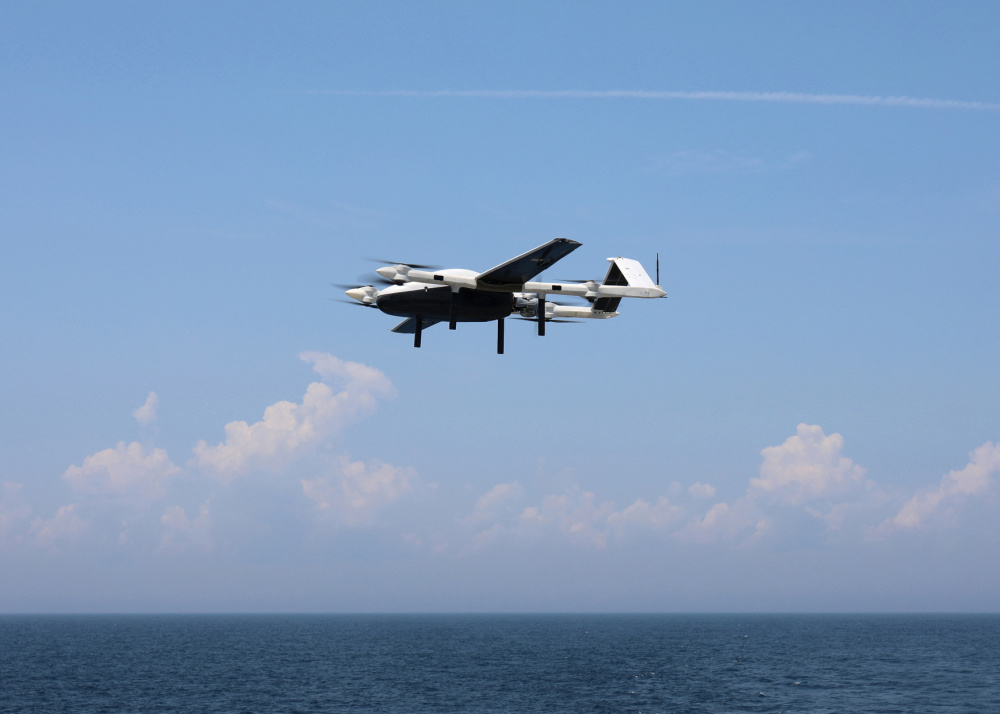Unmanned Aerial Systems (UAS) or drones, as they are commonly known, are revolutionizing the field of agriculture. These devices are capable of capturing aerial images and gathering data, which can be used to make informed decisions about crop health and management. Drones are also used for crop mapping, yield analysis, and 3D modeling of farm landscapes.

The use of drones in agriculture has increased in the last few years, as farmers seek to maximize crop yields and reduce input costs. Many large-scale farming operations already employ drones, but smaller farmers are also beginning to adopt this technology.
One of the major benefits of using drones in agriculture is the ability to quickly survey crops and identify any issues. Farmers can use drones to take high-resolution photos of crops at regular intervals, which can help them detect any problems before they become severe. For example, farmers can identify areas of crop stress or pest infestations, which can then be treated in a timely manner. This can help reduce crop loss and wastage, resulting in a higher overall yield.
Drones can also be used for precision agriculture. This involves the use of software to analyze the data collected by drones and provide information on crop health, soil conditions, and other factors that affect yield. Farmers can use this information to make informed decisions about crop management and input use. This can help reduce unnecessary input costs and increase profitability.
Another benefit of using drones in agriculture is the ability to quickly and accurately map fields. Drones can capture aerial images of fields and create high-resolution maps, which can be used to identify areas of variation and optimize input use. This can help farmers save money on fertilizer, water, and other inputs, while still maximizing crop yields.
Drones can also be used for scouting crops during the growing season. Farmers can use drones to monitor crops for signs of moisture stress, nutrient deficiencies, and disease. This can help identify problems before they become severe, allowing farmers to take action before the crop is lost.
Overall, the use of drones in agriculture is rapidly increasing. The technology is becoming more affordable and accessible, making it accessible to even smaller farmers. With the use of drones, farmers can save time and money, while producing higher crop yields. At the same time, drones can help reduce the environmental impact of farming, by reducing input use and conserving water resources. If you are a farmer, consider integrating drones into your operations to reap the many benefits they offer.